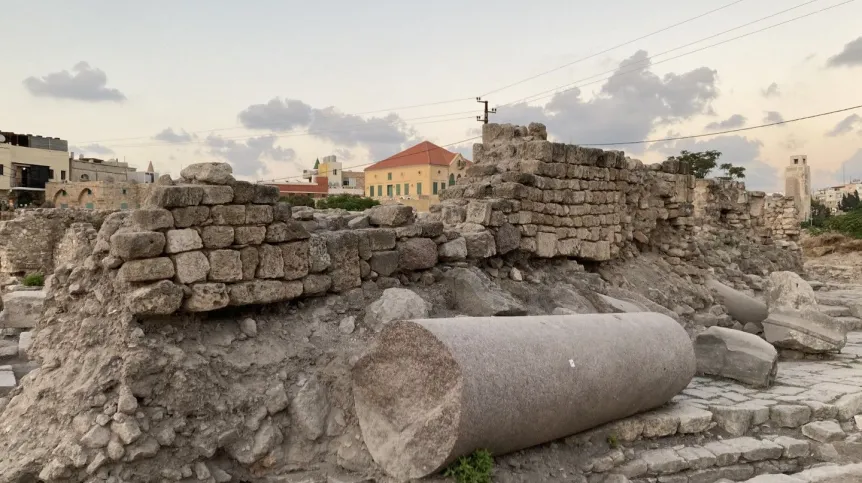
An international team of scientists has uncovered the remains of a complex belonging to a temple from the Roman period in the Phoenician metropolis of Tyre on the Lebanese coast.
Archaeologists and specialists from Lebanon, Spain, Poland and Portugal focused on the massive Roman-era temple structure which they say has two main phases: the first is from the time when the building was erected in the early Roman period, the second is related to its major reconstruction in the late Roman period.
The building is an east-west orientated rectangle, it has a vestibule flanked by two columns (found nearby) and a podium on the other side of the cella. Its walls were originally covered with sandstone blocks, and there may have been an underground chamber to the south of the entrance.
The building stood on a platform made of massive limestone and sandstone blocks that supported the heavy facade, in particular eight-meter-high columns made of pink Egyptian granite.
Inscribed on the UNESCO's list of World Heritage Sites, Tyre was one of the most important economic centres of the Mediterranean world for much of antiquity. Located on a coastal island eventually connected to the mainland by a causeway built by Alexander the Great, during the Bronze and Iron Ages, it was a flourishing centre of Phoenician trade, industry, and craftsmanship.
According to written sources (including the Bible) it was from Tyre that the Phoenician settlers set off to the west of the Mediterranean to establish trading posts in Cadiz and the famous Carthage that challenged the Romans in the Punic Wars.
From an archaeological perspective, nearly five millennia of uninterrupted inhabitation make Tyre both a fascinating and challenging research object.
Dr. Francisco J. Núñez from the Polish Centre of Mediterranean Archaeology, University of Warsaw, said: “Overlapping architectural remains, traces of natural disasters, rising sea levels and dynamic urban development in recent decades have effectively made it difficult to understand the character of ancient architecture.”
The temple’s east-west portico running along the street led to stairs at the building entrance, decorated with slabs with geometric motifs. This street is perpendicular to a narrower street, where another sanctuary was identified this season. It was a structure consisting, as scientists now believe, of two rooms and a courtyard on a north-south axis; in one of them, researchers found an Egyptian bas-relief depicting Isis feeding Horus as a child.
The temple and the associated area of the city were subject to extensive damage and reconstruction in the early Byzantine period. The temple was demolished and covered with a platform, on which a monumental basilica was erected, which was then destroyed, along with a large part of the city, by the tsunami in the 6th century CE. Scientists have also identified remains from later times: the Fatimids, the Crusaders and the Ottoman times.
Although Lebanese excavations in Tyre began in the 1960s, most of their documentation was lost in the turmoil of the 1975 civil war. Moreover, much of this work focused on the classical and medieval levels.
Dr. Núñez said: “Given the historical importance of Tyre during the Bronze and Iron Ages, we know very few archaeological remains from these periods. Our knowledge of the ancient city is largely limited to Roman and Byzantine remains that are now concentrated in two archaeological parks: the sites al-Bass and the Basilica.”
One of the goals of the current project is to shed light on the nature, history and evolution of urbanism on the ancient island of Tyre. The current study area lies on the acropolis, possibly the highest point of the ancient island. Excavations from the 1970s revealed structures from different periods that still require interpretation. Deep survey excavations performed at that time provided key stratigraphic sequences for understanding the history of settlement in this place.
Dr. Núñez's team analysed the excavated remains and, based on architectural features and finds such as Greek and Phoenician inscriptions, found that the area in question should be considered sacral.
In 2020, the Polish Centre of Mediterranean Archaeology, University of Warsaw, joined Lebanese and Spanish archaeologists who had been conducting research in Tyre since 1997. The expedition is headed jointly by Professor María Eugenia Aubet (Pompeu Fabra University in Barcelona), Dr. Ali Badawi (General Directorate of Antiquities of Lebanon) and Dr. Francisco J. Núñez (Polish Centre of Mediterranean Archaeology UW). The project involves archaeologists and specialists from Lebanon, Spain, Poland, Italy, Portugal, France and Greece.
Work will continue next year. In the near future, researchers will focus on both the temple itself and the associated part of the city. But there are more structures that draw researchers' attention. 'There is another monumental building in the north, perhaps another temple, that we would also like to explore,” said Dr. Núñez.
More about the Lebanese-Spanish-Polish archaeological expedition in Tyre: https://pcma.uw.edu.pl/en/2019/01/01/tyre-2/
PAP - Science in Poland
kol/ zan/ kap/
tr. RL
Gallery (5 images)
-
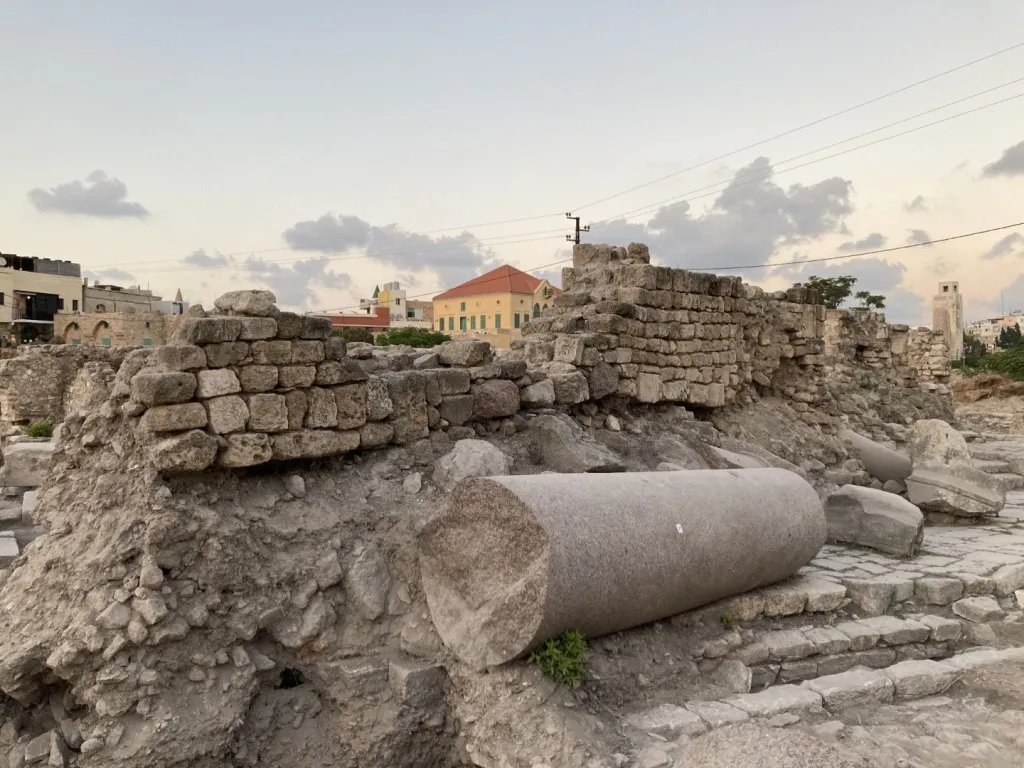 1/5Tyre. Credit: U Wicenciak-Núñez - PCMA UW
1/5Tyre. Credit: U Wicenciak-Núñez - PCMA UW -
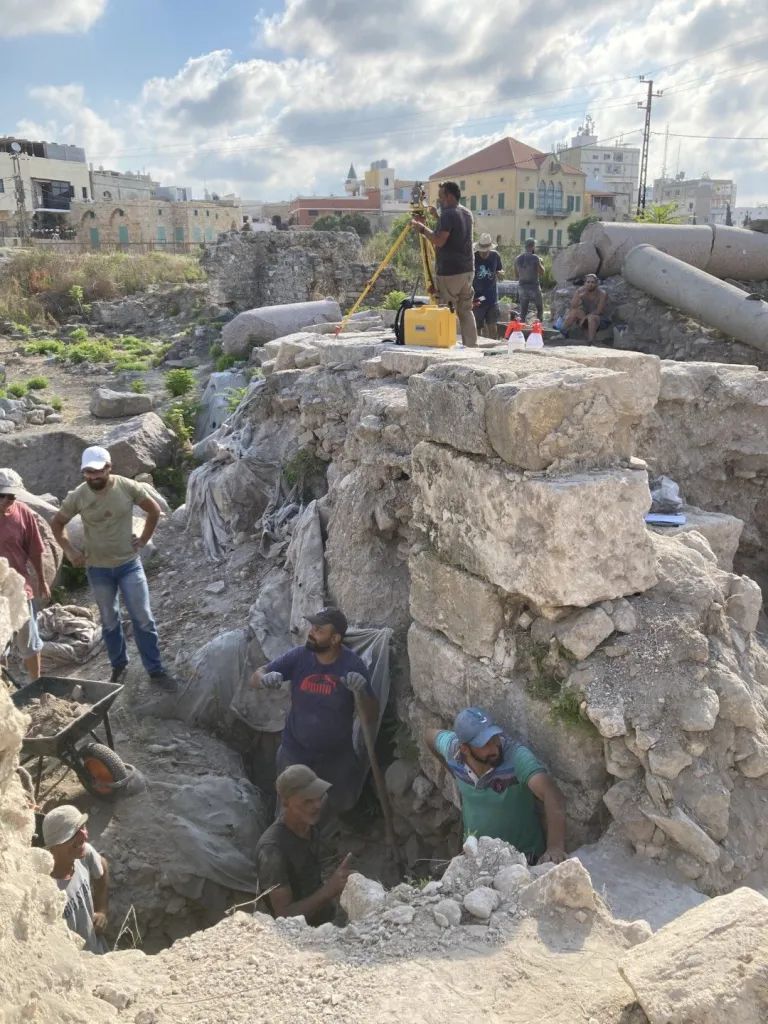 2/5Tyre. Credit: U Wicenciak-Núñez - PCMA UW
2/5Tyre. Credit: U Wicenciak-Núñez - PCMA UW -
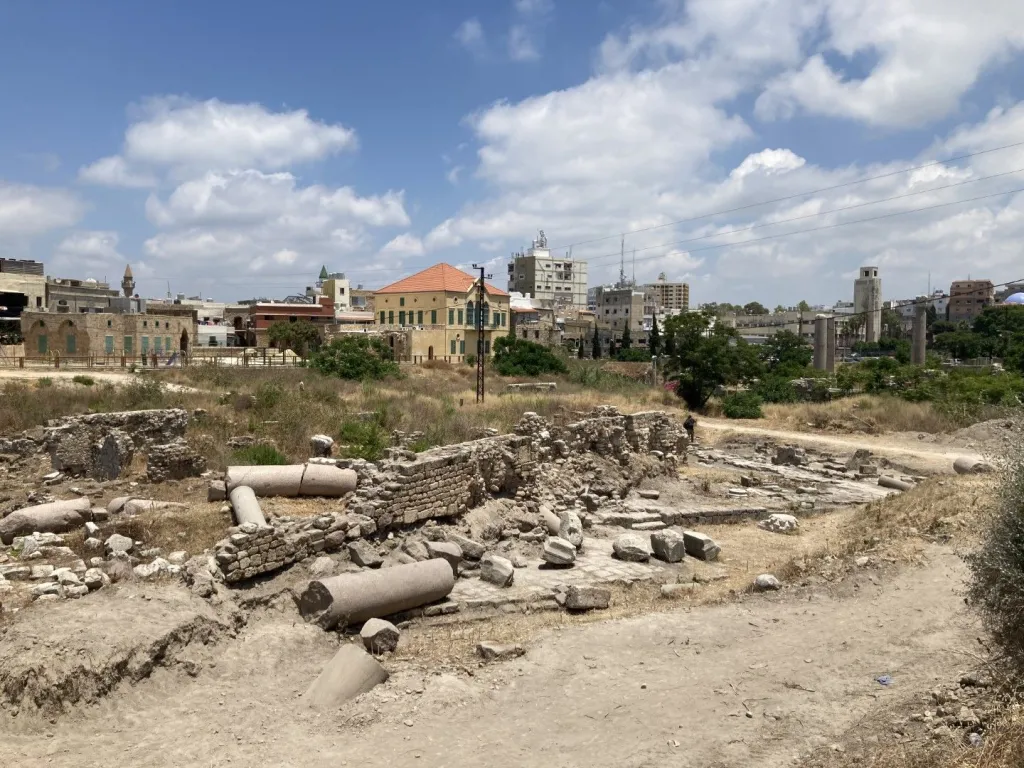 3/5Tyre. Credit: U Wicenciak-Núñez - PCMA UW
3/5Tyre. Credit: U Wicenciak-Núñez - PCMA UW -
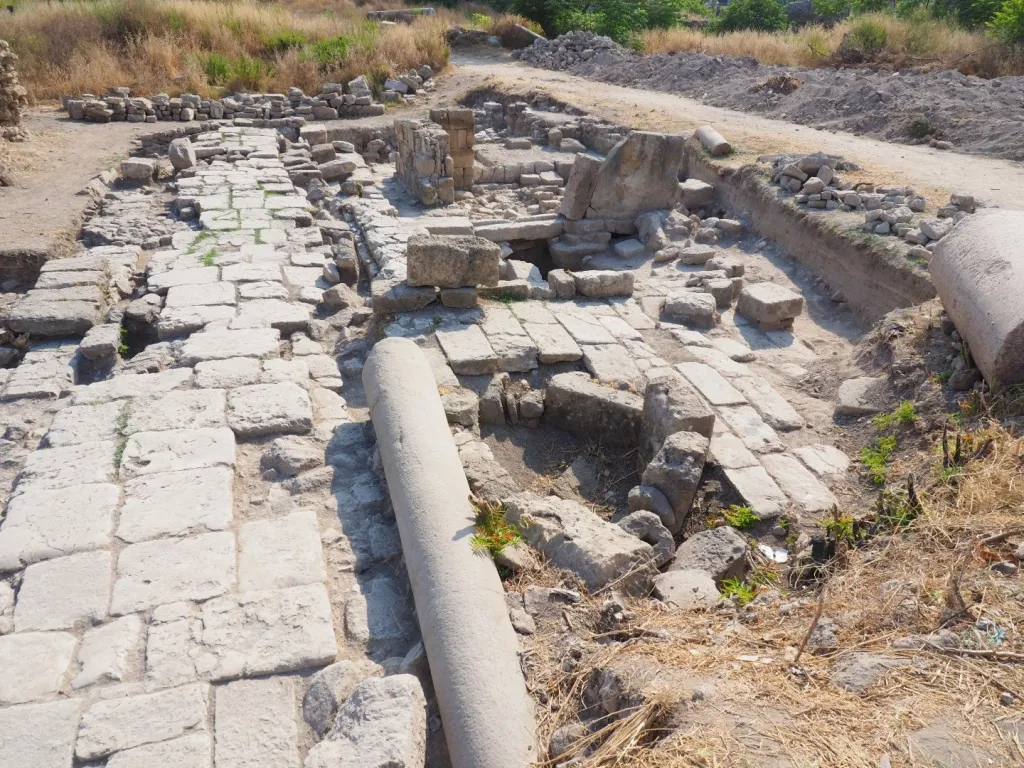 4/5Tyre. Credit: F.J. Núñez - PCMA UW
4/5Tyre. Credit: F.J. Núñez - PCMA UW -
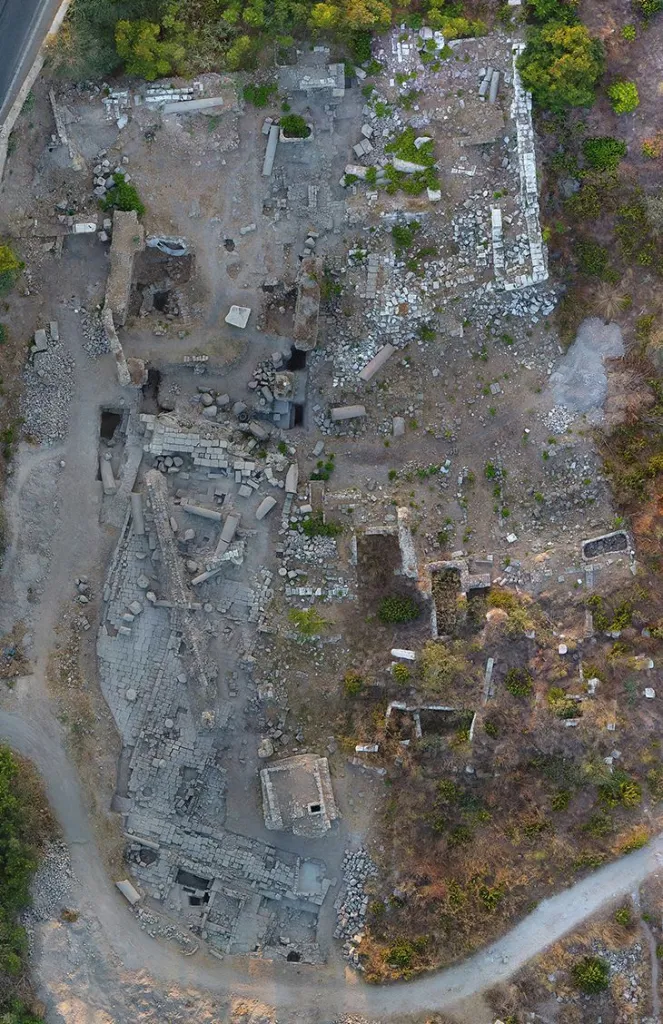 5/5Tyre. Credit: M. Mackiewicz - PCMA UW
5/5Tyre. Credit: M. Mackiewicz - PCMA UW













